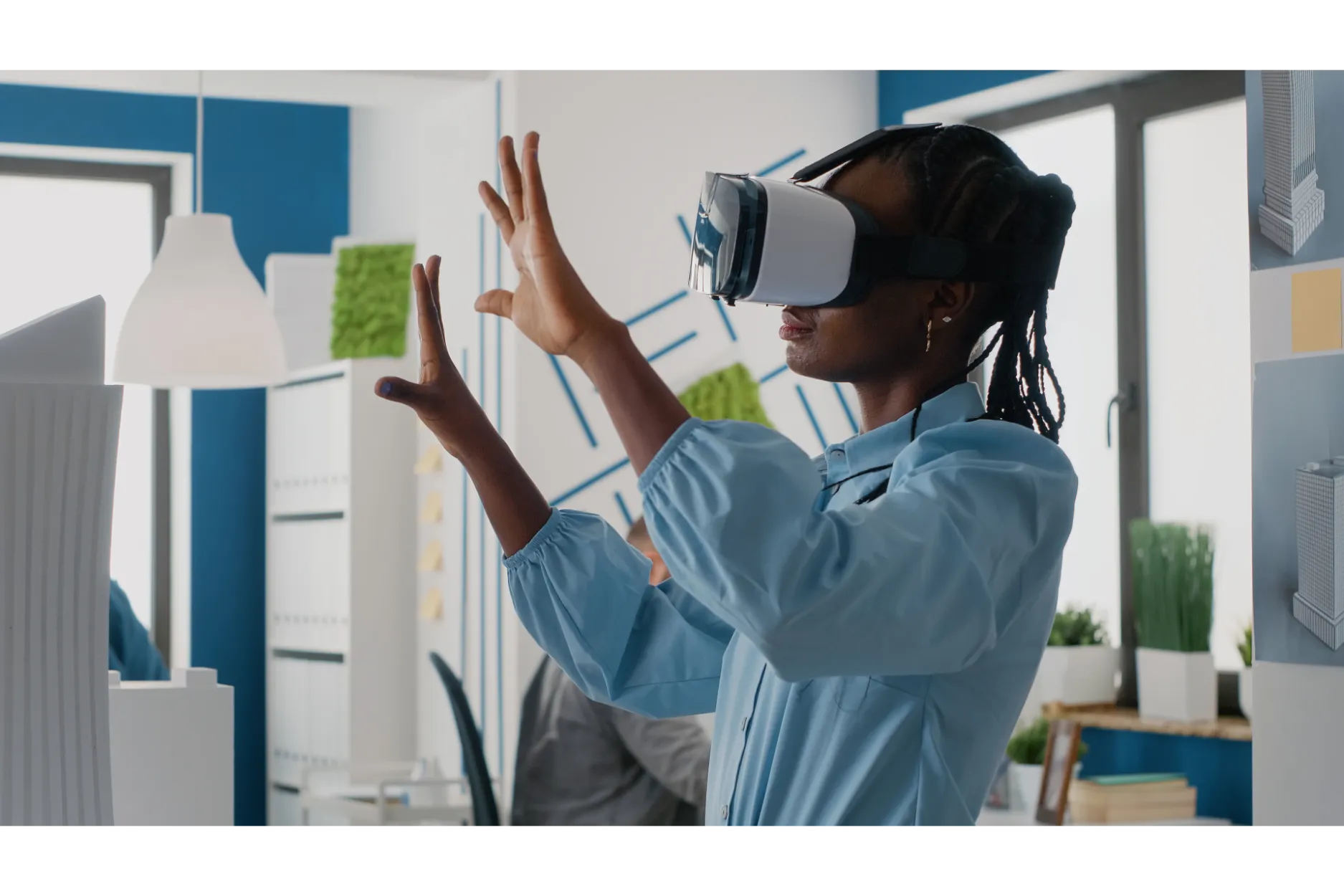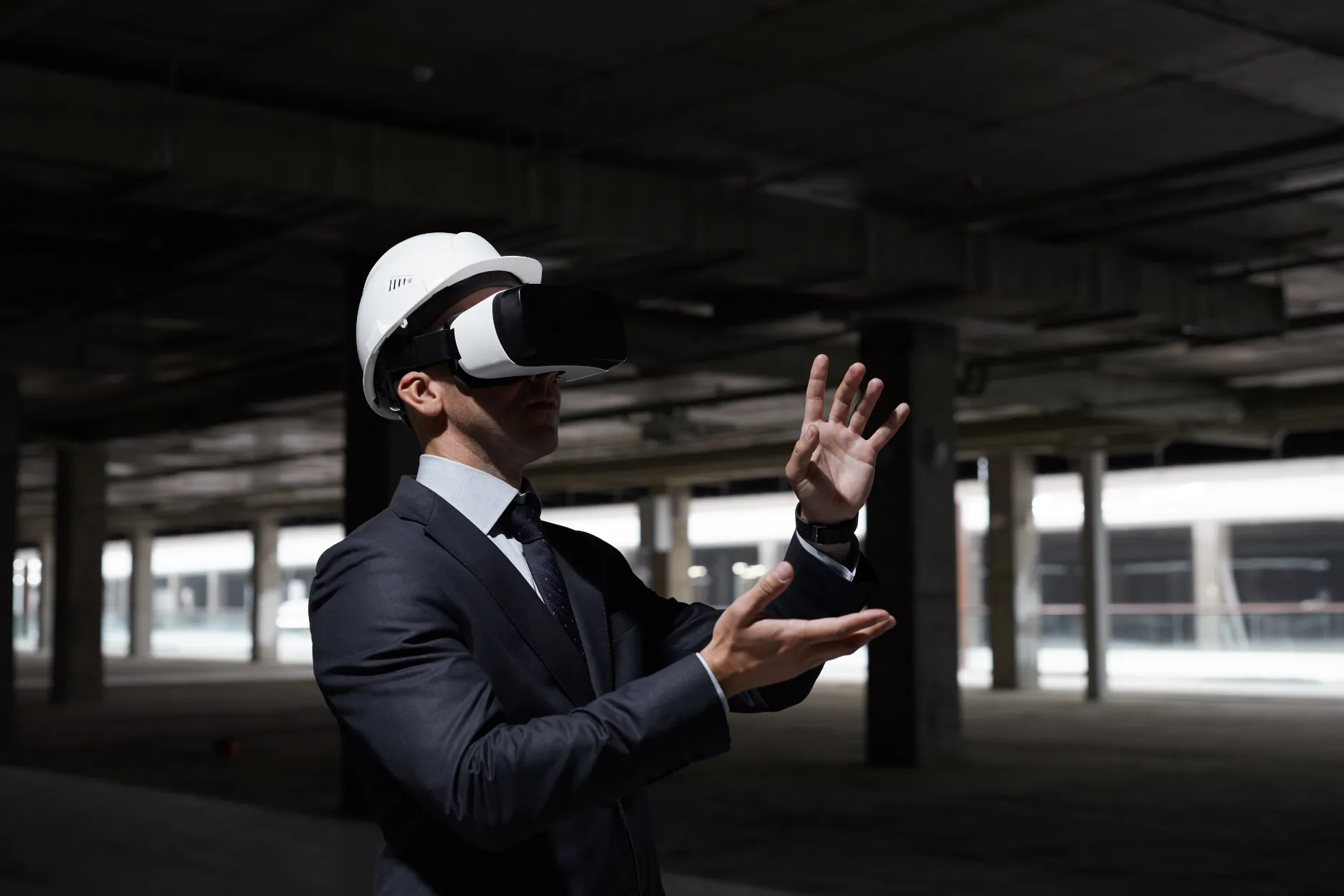
In the ever-evolving world of interior design, technology has become a game-changer. The days of relying solely on paper sketches and flat 2D designs are gradually fading away. Instead, a new era of immersive 3D experiences is emerging, and it's transforming the way we approach home decor projects.
In this blog, we'll delve into the world of 3D room planning, digital transformation in interior design, and the significant impact technology is having on the interior design business. By the end, you'll have a comprehensive understanding of how technology is reshaping the interior design landscape, making home decor projects more engaging, efficient, and visually stunning.
Traditionally, interior designers would sketch their ideas on paper or create 2D floor plans to help clients visualize the end result. While these methods have served their purpose for decades, they often left a lot to the imagination. Clients struggled to understand how the final design would look and whether it would meet their expectations. This gap between imagination and reality led to frustration and sometimes even disappointment.
Enter 3D floor planning, a technological advancement that bridges this gap. Instead of flat, lifeless blueprints, designers can now create three-dimensional models of their designs, providing clients with a much more immersive and accurate representation of the final product. This shift has revolutionized the interior design industry, making it easier for both designers and clients to collaborate effectively and ensure that the end result matches the initial vision.
The digital transformation in interior design goes beyond 3D floor planning. It encompasses the entire design process, from concept to execution. Thanks to sophisticated software and digital tools, interior designers can now create, modify, and present their ideas with unprecedented precision.
One notable aspect of this transformation is the use of augmented reality (AR) and virtual reality (VR) technologies. These immersive technologies allow clients to step inside their design before any physical work begins. With a VR headset or a smartphone app, clients can explore their future spaces, giving them a sense of scale, color, and texture. This level of interactivity not only enhances the client's understanding of the design but also builds excitement and confidence in the final result.
One of the most challenging aspects of interior design is helping clients visualize how different elements will come together to create a cohesive and harmonious space. This is where product visualization becomes crucial. With 3D modeling and rendering software, designers can accurately depict furniture, lighting, fabrics, and other elements within the design.
Product visualization not only helps clients see how various items will look in their space but also aids in making informed decisions about color schemes, materials, and styles. Moreover, it eliminates the need for physical samples, reducing costs and environmental impact. This level of detail and accuracy is a testament to how technology is making the interior design process more efficient and transparent.

For interior design businesses, the adoption of 3D visualization and other digital tools has a profound impact on operations and client satisfaction. Here are some key advantages:
One of the most compelling aspects of incorporating technology into interior design is the immersive 3D experience it offers. Clients are no longer limited to imagining the final result; they can step into it virtually. This not only enhances their understanding but also fosters a deeper emotional connection with the project.
Imagine being able to walk through your future home, touch virtual surfaces, and see how natural light interacts with the design. This level of engagement turns the design process into an exciting journey of discovery, where clients actively participate in shaping their living spaces. It's an experience that goes far beyond traditional interior design, and it's all made possible by cutting-edge technology.
Read Also: Virtual Cataloging: How It Revolutionized E-Commerce In 5 Powerful Ways
In the world of interior design, the integration of technology, particularly 3D room planning and visualization, is nothing short of revolutionary. It has brought designs to life, improved communication, streamlined workflows, and enhanced the overall client experience. As we move further into the digital age, we can only expect technology to play an increasingly central role in transforming home decor projects from concepts into stunning realities.
Embracing these advancements not only empowers designers but also ensures that clients can fully appreciate and participate in the creation of their dream spaces. So, whether you're a design professional or a homeowner embarking on a decorating journey, embracing the 3D experience is sure to lead to remarkable results.
FAQs
Homeowners and businesses can integrate 3D technology by hiring experienced designers or using user-friendly design software, making the design process more interactive and efficient.
While initial setup costs may exist, 3D visualizations often reduce project expenses by minimizing the need for physical prototypes and samples, ultimately saving time and resources.
3D room planning is a digital technique that creates immersive, three-dimensional models of interior spaces, helping clients visualize designs accurately and improving communication between designers and clients.